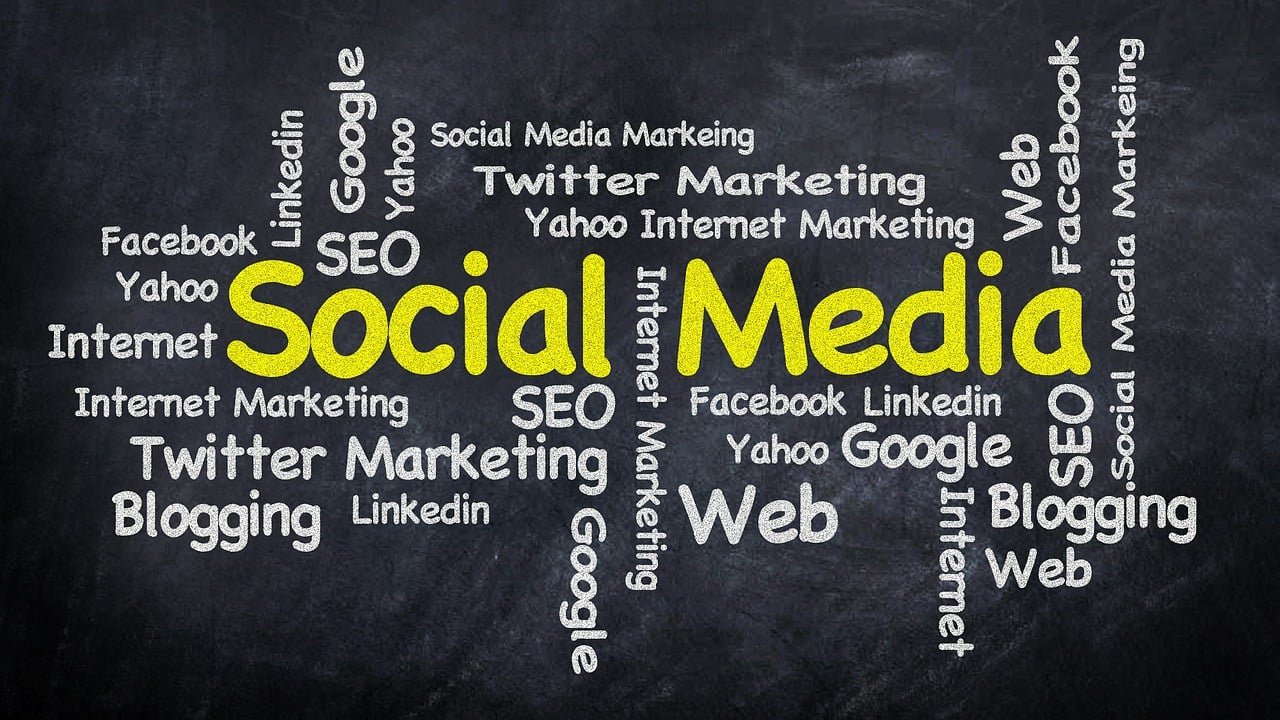
If you're trying to create a marketing campaign that both engages your audience and promotes your products effectively, you've probably come across the term 'gamification'. Gamification is a brilliant strategy that incorporates game design elements into non-game contexts, and it's proving to be an effective tool in marketing. In this guide, we'll explore what gamification is and how you can harness its power to improve your marketing strategies.
Understanding gamification in marketing
Gamification in marketing involves using game design elements in marketing campaigns to drive user engagement and promote products. This strategy is effective because it taps into people's natural desires for competition and achievement, making your marketing campaigns more attractive and enjoyable for your audience.
Let's look at some of the benefits of utilizing gamification in marketing:
-
Driving sales: Gamification can motivate customers to make purchases by offering rewards or incentives. For instance, a brand might offer points for every purchase, which can be exchanged for discounts or freebies.
-
Improving customer engagement: Gamification can make your marketing campaigns more interactive and fun, encouraging customers to engage with your brand and products.
-
Increasing brand awareness: By making your marketing campaigns more entertaining and memorable, gamification can help increase brand awareness and recognition.
-
Promoting customer loyalty: By rewarding customers for their loyalty and engagement, gamification can help foster a positive relationship between your brand and your customers, promoting repeat purchases and referrals.
Implementing gamification in your marketing strategy
Now that we understand the benefits of gamification, let's look at how you can implement it in your marketing strategy. Here are some best practices to follow:
-
Understand your audience: Before you start implementing gamification elements, it's crucial to understand your audience. What motivates them? What kind of games do they enjoy? Use this information to inform your gamification strategy.
-
Offer meaningful rewards: The rewards you offer should be valuable to your customers. This doesn't necessarily mean they have to be expensive – sometimes, recognition or a sense of achievement can be just as valuable.
-
Keep it simple: Your gamified marketing campaign should be easy to understand and participate in. If it's too complicated, your audience might lose interest.
-
Make it engaging: The whole point of gamification is to make your marketing campaigns more engaging, so make sure your games are fun and entertaining.
-
Measure your success: Always track the effectiveness of your gamified marketing campaigns. Use this data to refine your strategy and make improvements where necessary.
To provide you with some inspiration, here's a table of successful gamified marketing campaigns and what made them effective:
As you can see, gamification can be a powerful tool in your marketing arsenal. But like any other strategy, it's essential to implement it thoughtfully and strategically, always keeping your audience's preferences and behaviors in mind. With these best practices in mind, you're well on your way to creating engaging, effective gamified marketing campaigns.











